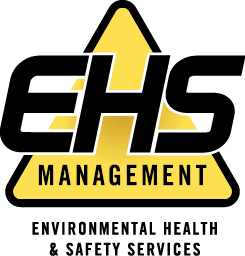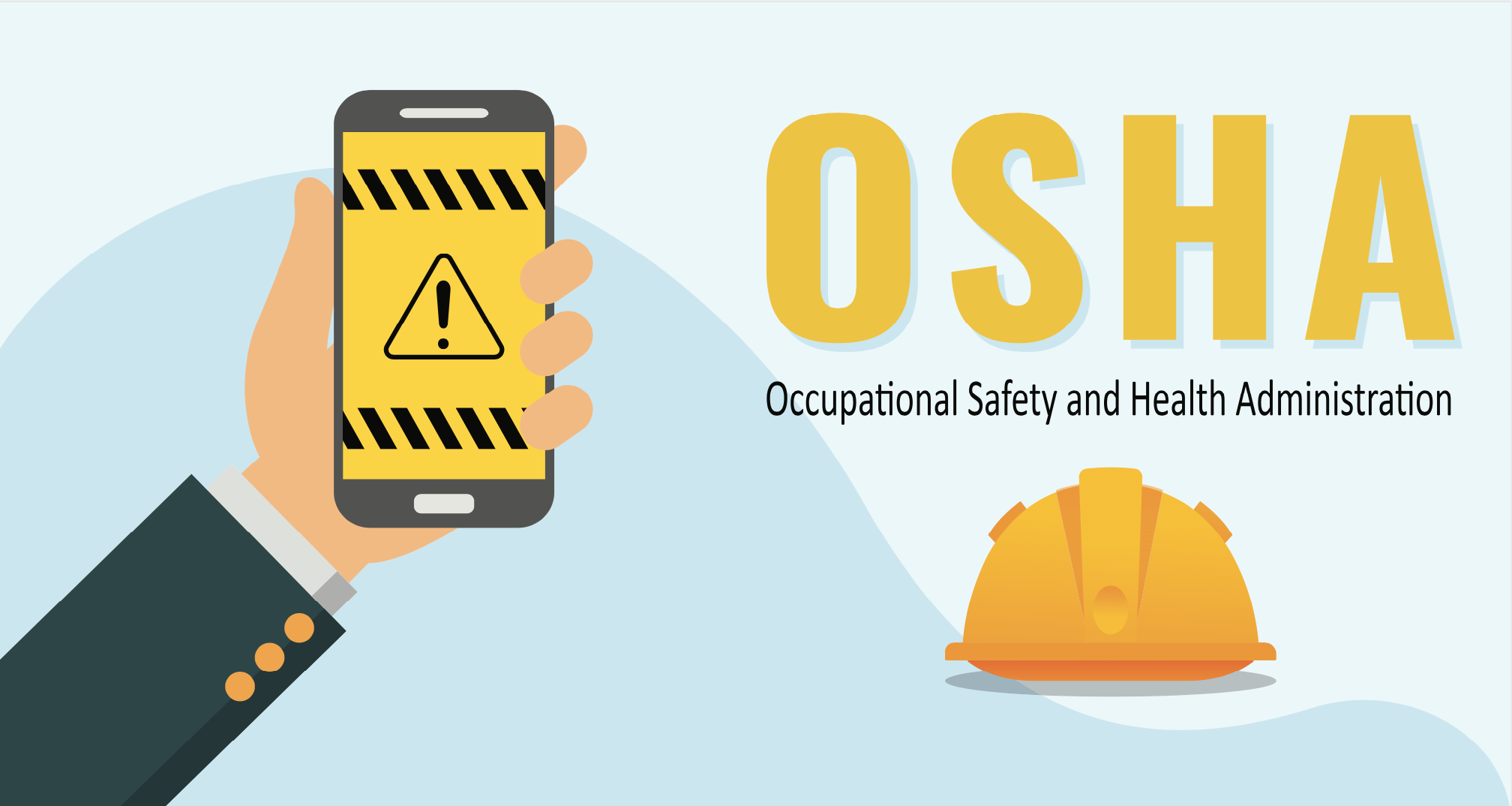Last year, Occupational Safety and Health Administration (OSHA) conducted 33,401 inspections—more inspections than the previous three years—addressing violations related to trenching, falls, chemical exposure, silica exposure, and other hazards. In addition, the agency spent 2019 increasing its number of employer inspections and pursuing new rulemakings and programs. We’ve lined out four areas OSHA rulemaking will focus on in 2020.
Cranes and Derricks in Construction Standard
The proposed amendments will include “correct[ing] references to power line voltage for direct current (DC) voltages as well as alternating current (AC) voltages; broaden[ing] the exclusion for forklifts carrying loads under the forks from ‘winch or hook’ to a ‘winch and boom’; and clarify[ing] an exclusion for work activities by articulating cranes” among other various corrections to the standard.
Workplace Violence
Last month, OSHA initiated a Small Business Regulatory Enforcement Fairness Act (“SBREFA”) review panel to address workplace violence in the health care and social services industries. The initiation of the review panel comes as the House of Representatives recently passed a bill that would require OSHA to develop a standard on the same issue.
Lockout/Tagout Regulations
OSHA plans to begin reviewing requests for information concerning revisions to its lockout/tagout and powered industrial truck regulations. OSHA is looking to revise both regulations to keep up with evolving technologies and current consensus standards.
Proposed Rules
This spring, OSHA will propose a number of rules on their agenda. These rules will focus on Communication Tower Safety, Welding in Construction Confined Spaces, Occupational Exposure to Beryllium and Beryllium Compounds in Construction and Shipyard Sectors. Businesses should also watch for updates to the Powered Industrial Trucks standard to incorporate consensus standard provisions related to the design and construction of powered industrial trucks, and updates to the Hazard Communication Standard.
The OSHA rulemaking process can drag out over time, but businesses should stay informed on all regulatory actions from OSHA. Get to know your local lawmakers and consider participating in the rulemaking process to ensure your interests are made known and protected. Contact EHS Management to stay up to date on all health and safety regulations.

